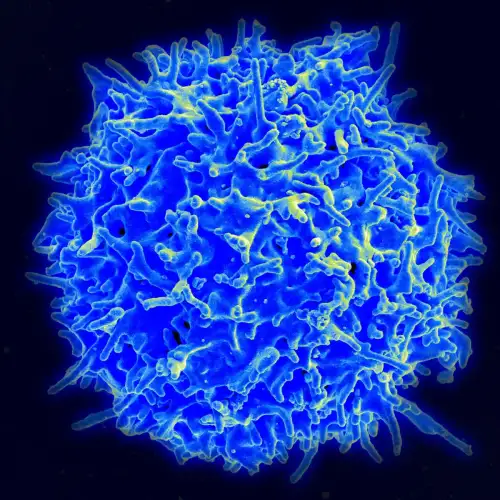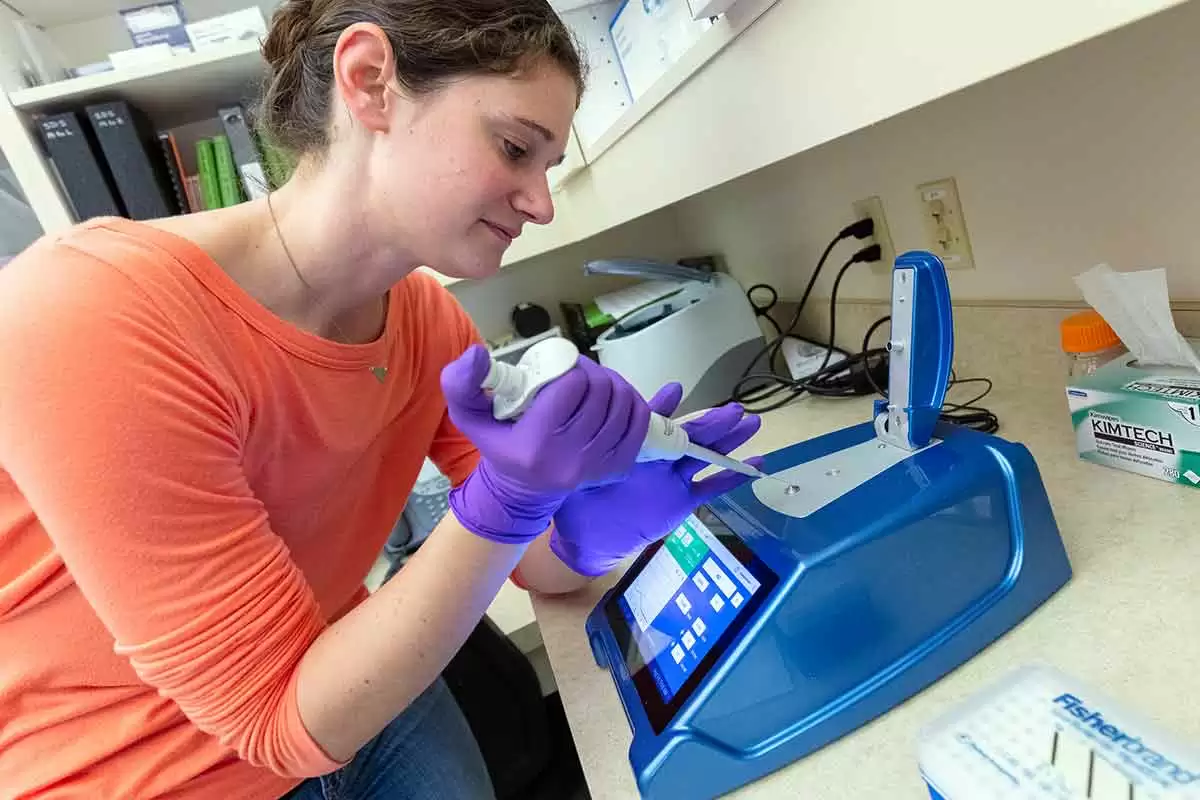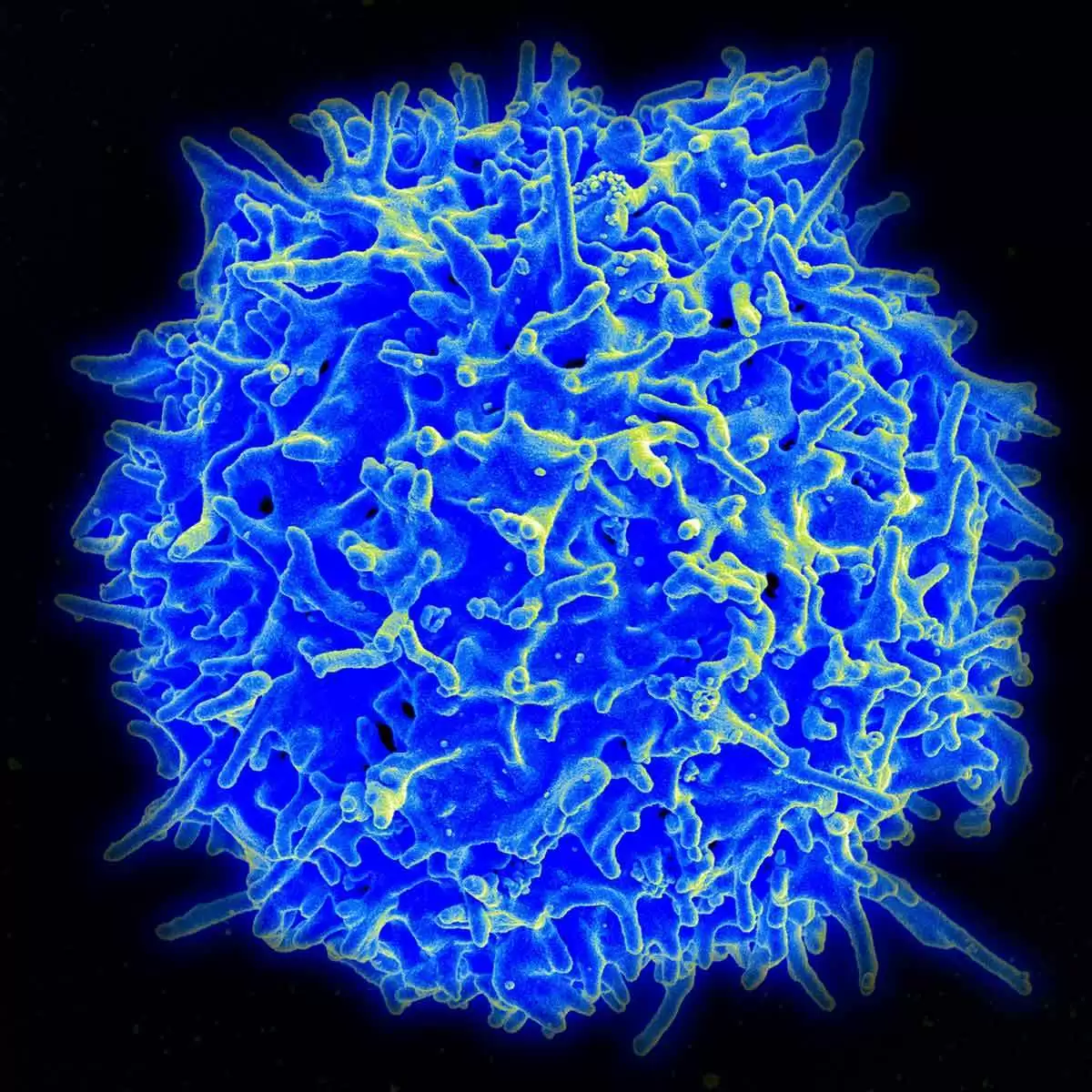Celiac.com 04/28/2025 - For people with celiac disease, the only current treatment is a strict, lifelong gluten-free diet—which can be expensive, restrictive, and difficult to maintain. But what if there was another way to manage the condition? A recent study explores an experimental therapy using specially modified immune cells to help control the body’s harmful reaction to gluten. While still in early stages, this research could pave the way for future treatments that reduce—or even eliminate—the need for dietary restrictions.
Understanding Celiac Disease and the Immune System
Celiac disease is an autoimmune disorder where the immune system mistakenly attacks the small intestine when gluten is consumed. Most people with celiac disease carry a specific genetic marker called HLA-DQ2.5, which makes their immune cells overreact to certain gluten proteins.
Celiac.com Sponsor (A12):
Normally, regulatory T cells (Tregs) help keep the immune system in check by preventing excessive inflammation. But in celiac disease, these "peacekeeper" cells fail to control the aggressive effector T cells (Teffs) that attack gluten. This study investigated whether engineered Tregs could be trained to stop gluten-triggered attacks.
How Engineered T Cells Could Help
Researchers used advanced gene-editing techniques to modify immune cells in two ways:
- Engineered Effector T Cells (eTeffs) – These were designed to mimic the harmful gluten-reactive cells in celiac patients, helping scientists study how they behave.
- Engineered Regulatory T Cells (eTregs) – These were modified to recognize gluten but act as suppressors, calming down the overactive immune response.
Key Findings from the Study
- Targeted Migration – When gluten was introduced, the engineered cells traveled directly to the gut and lymph nodes, where immune reactions happen in celiac disease.
- Bystander Suppression – Remarkably, eTregs designed to recognize one gluten protein could also suppress reactions to other gluten proteins—meaning fewer modified cells might be needed for broad protection.
- Specific Activation Required – The eTregs only worked when they encountered gluten, meaning they wouldn’t unnecessarily weaken the immune system.
Why This Research Matters for Celiac Disease
While a gluten-free diet is effective, it’s not a perfect solution. Accidental gluten exposure is common, and many people struggle with social, financial, and nutritional challenges. This study offers hope for an alternative:
- Potential for Reduced Dietary Restrictions – If eTreg therapy works in humans, it could allow some gluten tolerance, minimizing risks from accidental exposure.
- Long-Term Protection – Unlike short-term medications, engineered cells might provide lasting immune control.
- Broader Applications – Similar therapies are already being tested for other autoimmune diseases, speeding up potential development for celiac disease.
Challenges and Next Steps
While promising, this research is still in early stages. Key questions remain:
- Safety – Will these modified cells cause unintended side effects?
- Durability – How long will the suppressive effects last?
- Human Trials – So far, tests have only been done in mice and lab settings; human studies are needed next.
Conclusion: A Hopeful Future for Celiac Treatment
This study represents an exciting step toward a new kind of therapy for celiac disease—one that tackles the root cause (the misdirected immune response) rather than just avoiding gluten. While it may be years before such treatments are available, the research opens doors to possibilities beyond the gluten-free diet. For now, patients should continue following medical advice, but they can also look forward to a future where managing celiac disease might become much easier.
Key Takeaways for Patients
- Experimental therapy – Scientists are testing modified immune cells to suppress gluten reactions.
- Not a cure yet – More research is needed, but early results are promising.
- Future potential – If successful, this could reduce reliance on strict gluten avoidance.
This breakthrough highlights how science is moving closer to innovative solutions for celiac disease, offering hope beyond dietary restrictions.
Read more at: science.org











Recommended Comments
Create an account or sign in to comment
You need to be a member in order to leave a comment
Create an account
Sign up for a new account in our community. It's easy!
Register a new accountSign in
Already have an account? Sign in here.
Sign In Now